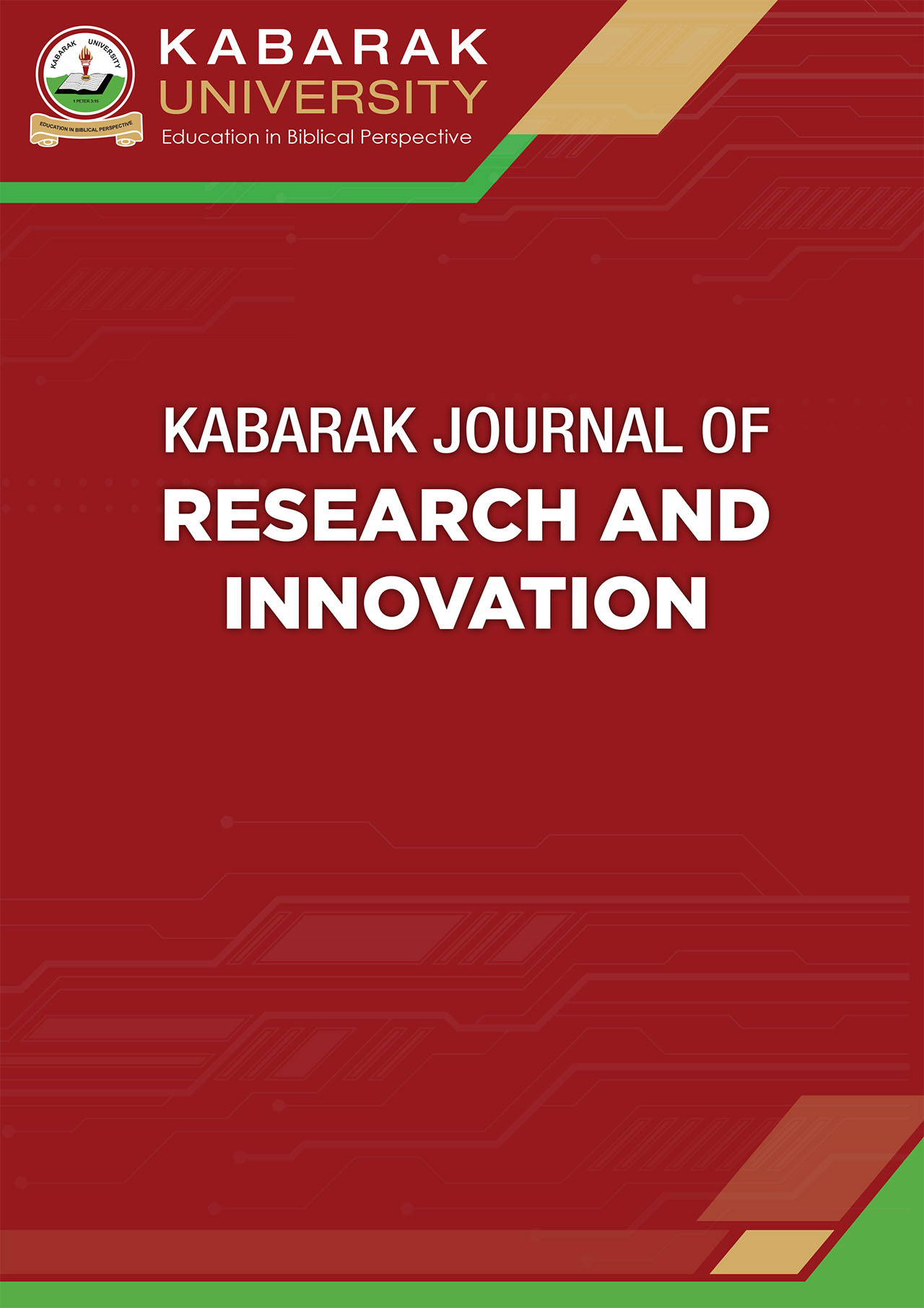Pattern of Antibiotic Prescription for Upper Respiratory Tract Infections among Under-Fives in Outpatient Clinics in Tharaka-Nithi County
DOI:
https://doi.org/10.58216/kjri.v10i2.103Keywords:
Upper Respiratory Tract Infection, Under-fives, Antibiotic prescriptionAbstract
The World Health Organization (WHO) qualified antimicrobial resistance (AMR) as one of the principal threats to public health globally and inappropriate antibiotic prescription is its modifiable contributor. Therefore assessing antibiotic prescriptions for URTI is an acceptable way to analyze the appropriateness of the prescriptions. However, there is a paucity of data regarding the pattern of antibiotic prescriptions in rural hospitals in Kenya. This study seeks to profile the pattern of antibiotic prescriptions among under-fives with URTI in Tharaka-Nithi County, Kenya.
This was a retrospective charts review of under-fives treated from November 2018 to December 2019 for URTI in outpatient clinics in Chogoria and Chuka hospitals. A systematic sampling of 385 charts was carried out using the table of Robert and Morgan based on the total of 5000 URTI cases recorded. Charts of children with suspected bacterial infections were excluded, and for cases of tonsillitis, only children with a modified Centor score ≤3 were included. The binary logistic regression was used to assess the association between variables with the calculation of Odd ratio with a CI of 95% using SPSS 24.
This study found that 70.4% of under-fives with URTI were prescribed antibiotics. The prescriptions were associated with the diagnosis of tonsillitis as part of the URTI, OR 21(95%CI 4.52-99.3); the level of education of the prescriber with clinical officers prescribing more than medical officers, OR 15.9(95%CI 6.98-36.2) and the patient’s proximity to the hospital, OR 1.77(95%CI 1.22-2.77).
Antibiotics were prescribed to 70.4% of URTI cases. This percentage was higher than the 30% expected by WHO and was significantly associated with the diagnosis of tonsillitis, the level of education of the prescriber and hospital accessibility. There is a need to train clinicians about the indications of antibiotic prescriptions and to implement antimicrobial stewardship programs in rural facilities.
Downloads
Downloads
Published
How to Cite
Issue
Section
License

This work is licensed under a Creative Commons Attribution 4.0 International License.
The Kabarak Journal of Research and Innovation (KJRI) provides immediate open access to all its published content. This is in line with our commitment to making research freely available to the public, supporting a greater global exchange of knowledge.
All articles are published under the Creative Commons Attribution 4.0 International License (CC BY 4.0). This license permits unrestricted use, distribution, and reproduction in any medium, provided the original author and source are properly credited.
Readers are free to read, download, copy, distribute, print, search, or link to the full texts of articles without asking prior permission from the publisher or the author.


